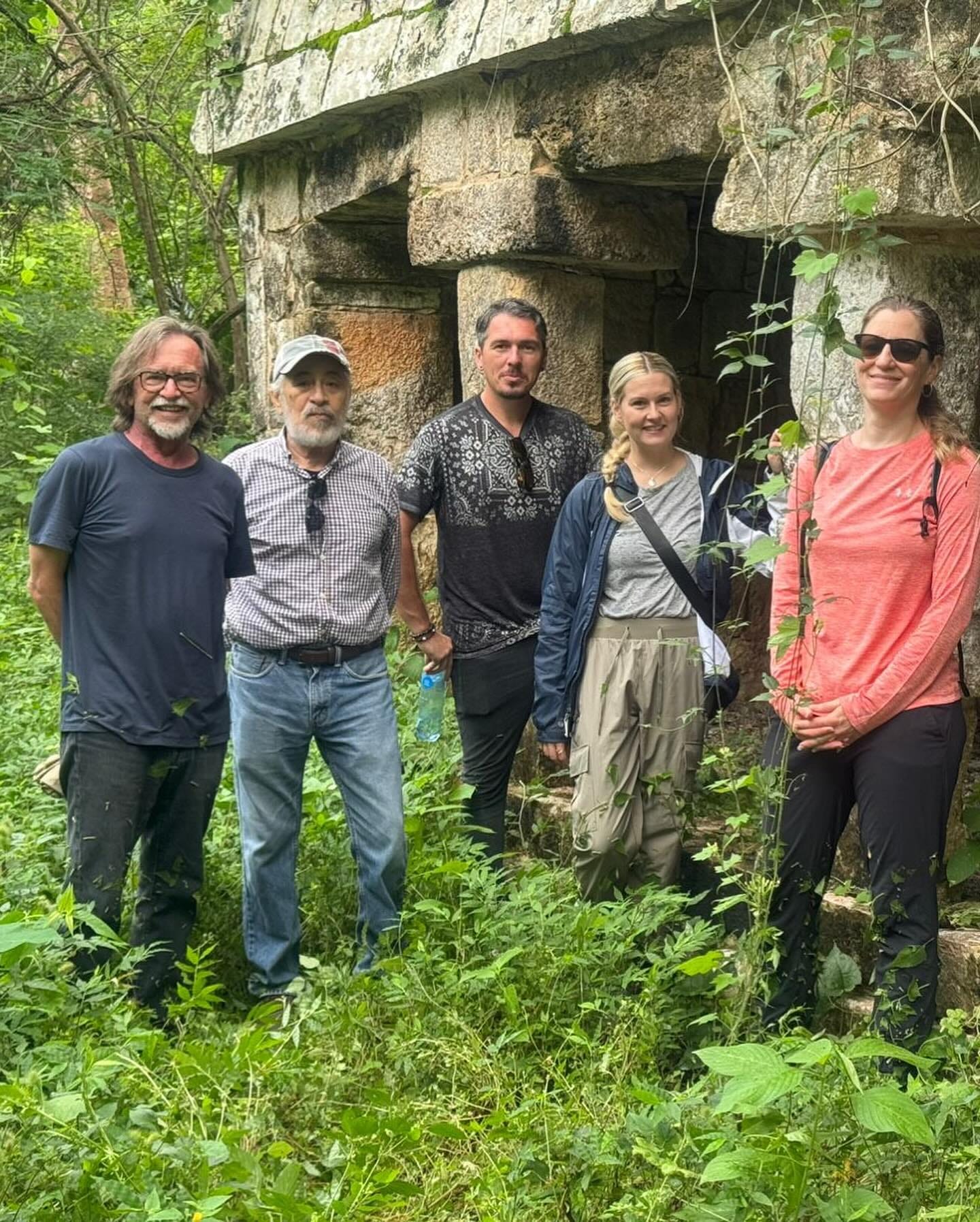Once they breached the wall they built to protect themselves from us, the Romans, and then their acolytes, the English, did everything they could to ensure that nothing recognizable remained of my people's mysticism. You hear about the dangers of book burning, that applies to scrolls and runes as well. Of the people who lived north of Hadrian's Wall, all that remained were songs, fairy tales told by grandmothers, half-buried stone henges, and broken runestones.
They say my people built giant men of wicker and burned humans inside, sacrifices to our nameless gods. Nobody knows if that's true. It might be true. There is some archeological evidence that the Northern Celts practiced human sacrifice, particularly among their upper classes.
From the songs and stories, we know that the Scottish and the Irish people had religious memes that came not from the hearth or the loom but from the earth. Stones, the relentless sea, and especially trees all had their own spirits and spiritual meanings.
While the legend of the Blarney Stone comes from long after the Northern Invasion, ideas that stones have magical powers, granted to you when you pay homage to them are older than Caesar. Arthur pulled a magical sword from a magical stone that granted him the powers of a king.
In Scotland, the topsoil is mere inches thick in places. Trees that find purchase and dig their roots down through the rock below are particularly hardy, giving rise to the belief that they have powers beyond our own.
My people were herdsmen. In a country where arable farmland comes at a premium, milk from sheep and goats will suffice. The hungry teeth of sheep keep shrubs and saplings from taking root, carving the great Scottish lawns. It was one of these great sheep fields where the game of golf was invented.
Sheep fields were surrounded by haunted groves of Scottish Pine, Oak, Birch, and Rowan trees. Each is a living creature with its own name, capable of granting a boon or curse, depending on how you treat them.
Although there is some archeological evidence, most of what we believe about the ancient Scottish people comes from things the Romans wrote about them (which generally weren't complimentary) and what people like me imagine from the few hints we have.
I hear about cultural appropriation all the time, and that's a pretty serious issue, but once my people were Christianized, we were appropriated right out of existence.
I have a friend, and out of love, I compare him to Indiana Jones. He runs a field study archeological expedition in the Yukitan, ran out of Jackson, Mississippi of all places. He sends home tantalizing photographs of what he finds, uncovering the previously hidden lives of the Mayan people.
I think it's important to uncover the secrets hidden when ancient people are displaced. The Mayans aren't so different than the Celts. Their architecture was more advanced, but they couldn't resist the advance of what I call the "uni-culture" brought on them by the Spanish.
There are scores of archeologists working in Scotland, just like there are at the Bolonchen Regional Archaeological Project, but I'm afraid there's much more of the Mayan stone structures left than there is of my people. There are many places left in the world where the secrets of ancient people remain uncovered. It's very easy to forget the ties these places have to the living.
I like to knock on great trees when I pass to see if they remember me. I touch great stones to absorb what gifts they bear. My people are dead. I'm a long, long way from home. But the spirits of the world are still there.





![The Sycamore Gap tree, which was felled in 2023 in an act of vandalism (also known as the "Robin Hood Tree", because it appeared in the film Robin Hood: Prince of Thieves)[70] The Sycamore Gap tree, which was felled in 2023 in an act of vandalism (also known as the "Robin Hood Tree", because it appeared in the film Robin Hood: Prince of Thieves)[70]](https://substackcdn.com/image/fetch/$s_!JBJ0!,w_1456,c_limit,f_auto,q_auto:good,fl_progressive:steep/https%3A%2F%2Fsubstack-post-media.s3.amazonaws.com%2Fpublic%2Fimages%2F0d78cae4-230c-41f0-841a-31e006286ecf_1024x768.jpeg)